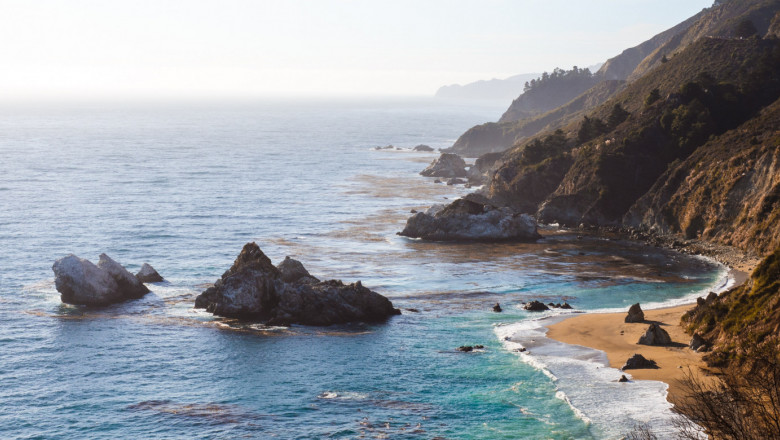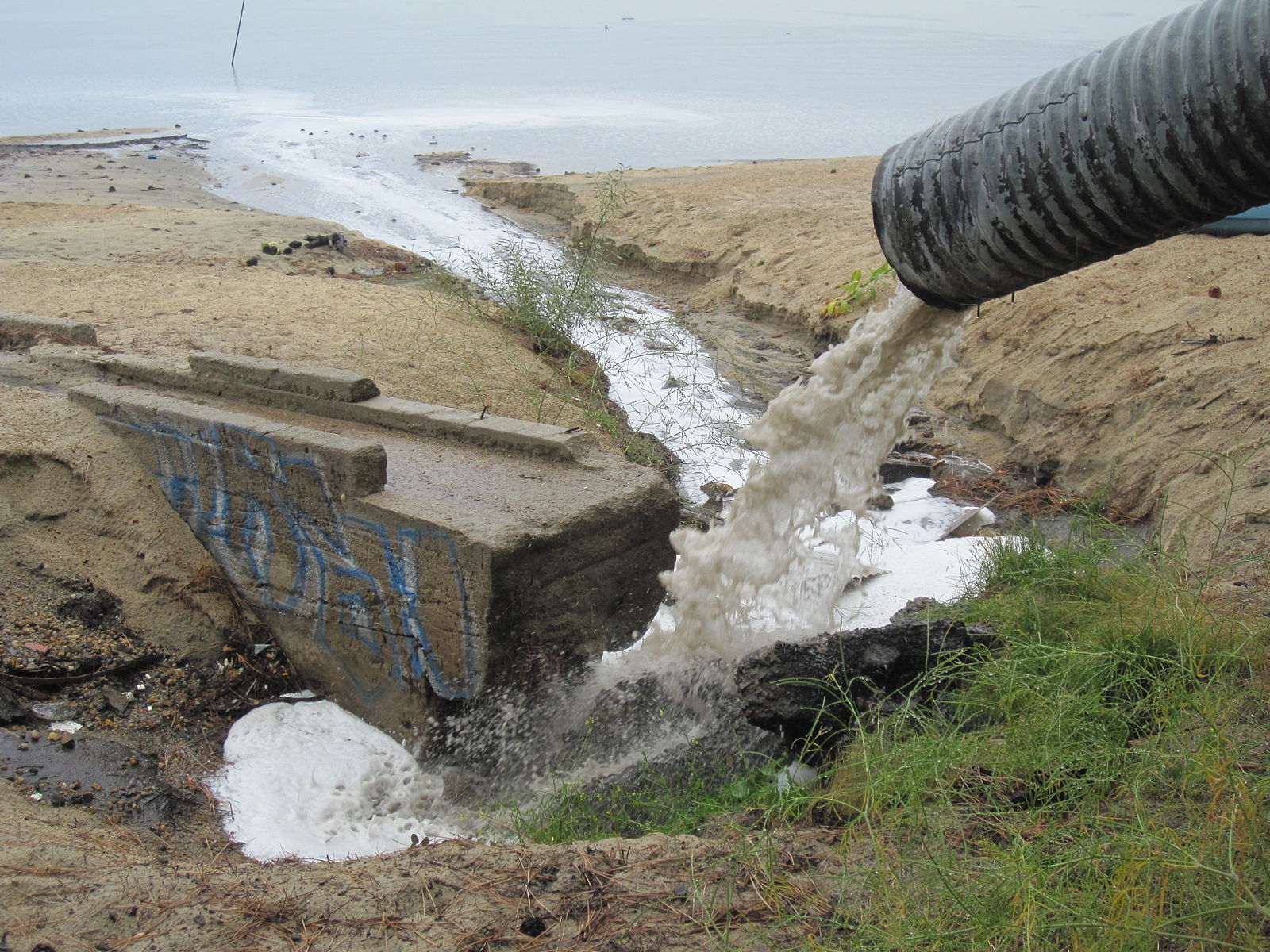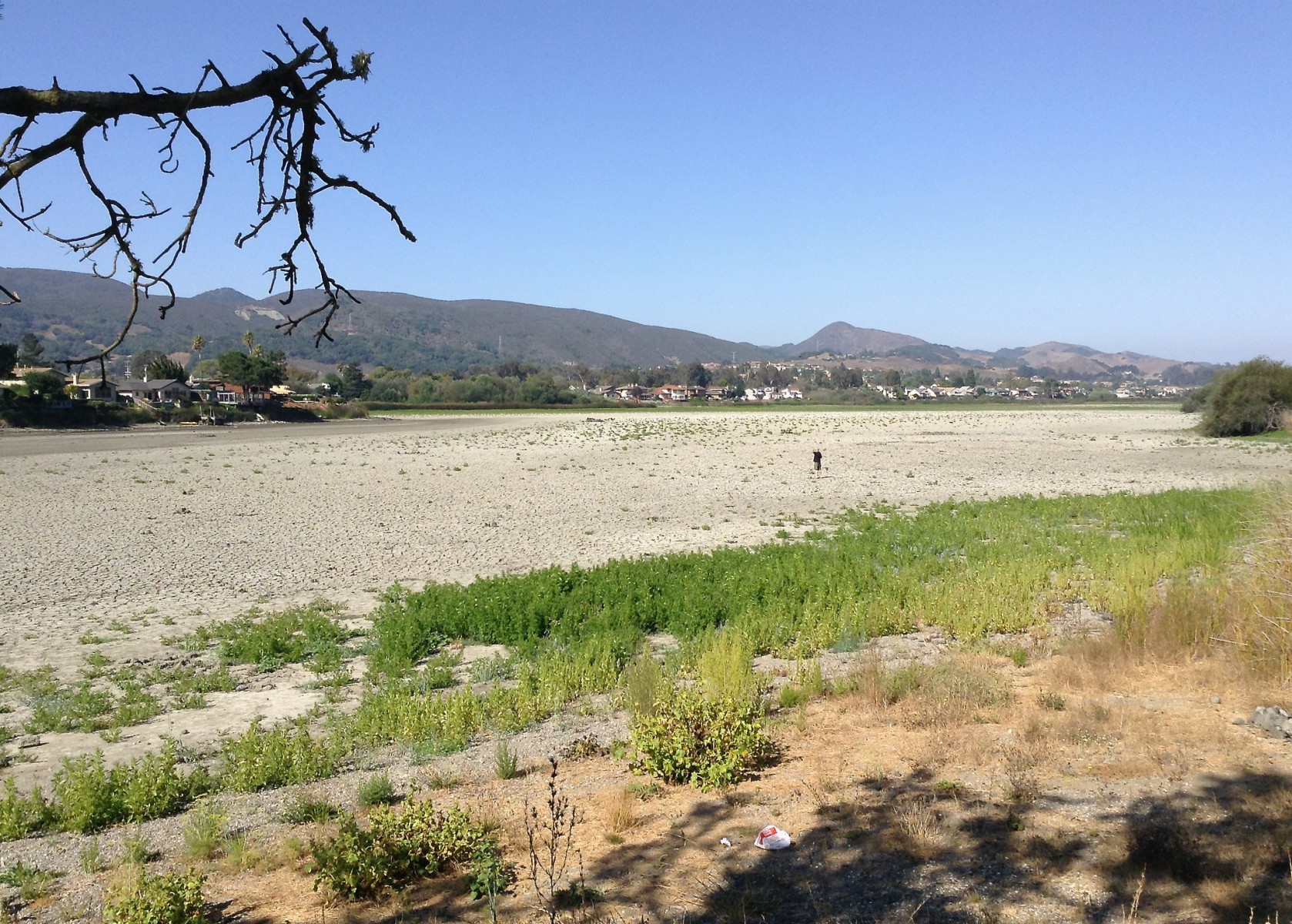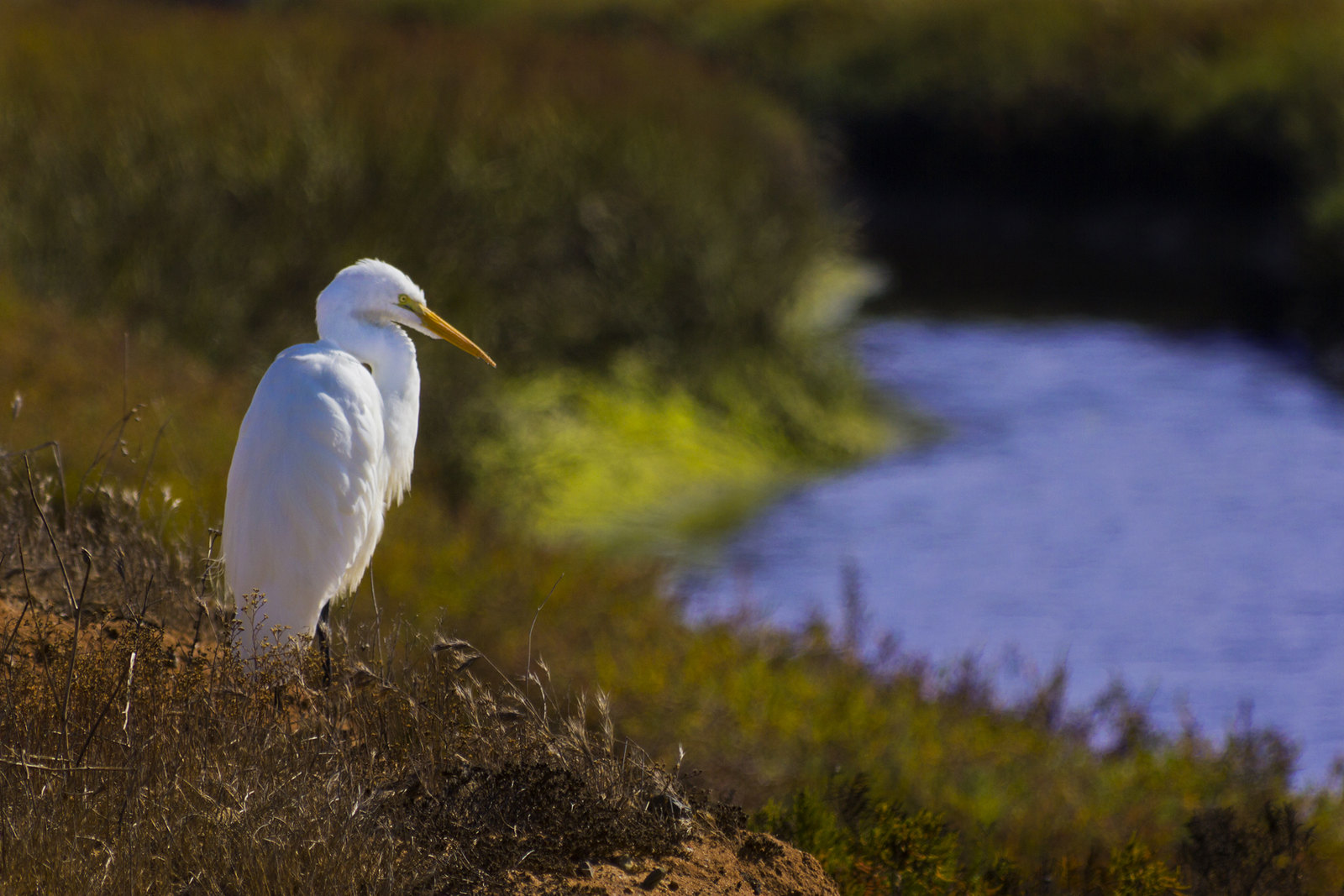
Tristan Mckenzie/Unsplash License

Tristan Mckenzie/Unsplash License
I live in California, a state with nearly 900 miles of coastline, and 190,000 miles of river. Water is a near-constant topic of conversation here, if there is enough of it, or too much, if the ocean is unseasonably cold, or if it’s warming due to climate change. We are always aware of water, and how it is changing.
Our weather can be unpredictable, ranging from decades of drought to month-long storms that dump dozens of inches of rain. Earlier this winter, California was recovering from a multi-week storm surge. We had trillions of gallons of rain and hundreds of inches of snow in only a few weeks’ time.
It was clear to anyone living here that we were and are not prepared for this amount of rainfall. Here are four key issues that California is continuing to grapple with.

As someone who lives on the coast, a common issue we face is the impact of runoff pollution. This runoff accumulates along the coast after storms, when contaminants from city streets, farms, and other urban areas are washed away and into the rivers, estuaries, and beaches. A common effect of runoff pollution is harmful algal blooms, these blooms are a consequence of increased nitrogen and phosphate in the water. In these conditions, toxic and nontoxic Algae grow unchecked. Eventually, they die and can suffocate the gills of fish and invertebrates.
Helping to address this problem is the California Cooperative Oceanic Fisheries Investigations (CalCOFI), an affiliate of the California Department of Fish & Wildlife, NOAA Fisheries Service, and Scripps Institution of Oceanography. I spoke with Erin Satterthwaite, who coordinates their program, and makes sure their research is accurately used, and accessible. Satterthwaite said that CalCOFI values being inclusive and its data publicly accessible, using a holistic approach to solve questions we were once unable to answer, she called these “time machine questions.” We are now able to go back in time and answer questions from the past with the technology and information we now have access to. The goal is to be able to answer future questions, today.
Satterthwaite and I spoke about how CalCOFI uses a holistic ecosystem approach, examining how elements of an ecosystem are impacted by changes in the surrounding area. They collect data up to 500 meters below sea level, testing the water for salinity, oxygen, phosphate, silicate, nitrate and nitrite, chlorophyll, phytoplankton biodiversity, zooplankton biomass, and zooplankton biodiversity. This data helps to paint a picture of what is happening to the ecosystem as a whole, and what may be changing within it.

Researching for this article proved to be quite a feat, there are so many challenges facing water management in dense urban areas. Currently, many of LA’s rivers are paved entirely in concrete, an example is the Los Angeles River. The goal is to quickly move flood waters to Long Beach, and out of neighborhoods. While effective, this method ensures that no water is collected or recycled and flows directly into Long Beach.
This water is a mix of stormwater, street runoff, and trash. Therefore, without filtration, it pours into the bay polluting the beaches and harbor. According to Heal the Bay’s Beach Report Card, Long Beach is LA County’s most polluted beach. Long Beach receives an ‘F’ rating after storms. To put it into perspective, the Tijuana River Slough receives the same score. This method of flood management is effective; however, it leads to water waste and pollution.

California is notoriously dry, with decade-long droughts that increase wildfire risks and damage, destroy crops, and turn the state a lovely shade of dusty brown. My family’s wild rice farm is in Northern California, near Mt. Shasta. Despite the numerous lakes, rivers, and dams in the area, we experience seasonal wildfires, some decimating thousands of acres of land. In fact, the largest reservoir in California is in Shasta County, its water capacity is 4,552,000 acre⋅ft (5.615 km3). And while dams and reservoirs have their own ecological impacts, they are vital for collecting and storing rainwater.
As for residential rainwater collection, it is not considered illegal in California to collect your own rainwater. Some places even have rainwater harvesting incentive programs, but regulations may vary. When in doubt, collection of rainwater is best for plants and gardens, not for consumption.
Another form of water sequestration is infiltration basins, areas that allow water to naturally permeate the soil, filtering pollution, and refilling aquifers. Cities like Los Angeles are far too dense and populated to have infiltration basins, but there are other methods of managing runoff and flood water that do not include water highways of cement and concrete.

Last Fall, I spoke to one of the researchers at Tijuana River National Estuarine Research Reserve, Jeff Crooks, Ph.D. At the time, I did not realize that our conversation would be so relevant to my continued thoughts and research into statewide water issues.
We spoke about the importance of building gray infrastructure, and investing in better methods of collecting, treating, and diverting stormwater. I learned about the projects and goals of the estuary, and what we can do to solve the issues that the estuary is facing. Crooks mentioned how the estuary can only filter so much stormwater before it flows directly into the ocean. Therefore, it is vital that we build enough gray infrastructure to alleviate the pressures on the estuary. Examples of gray infrastructure that would be beneficial are infiltration basins, stormwater storage, and water treatment plants.
In 2014, California voted yes to passing the Water Quality, Supply, and Infrastructure Improvement Act of 2014, also known as Proposition 1: Water Bond. A vote “yes” for this proposition supported issuing $7.12 billion in bonds for water supply infrastructure projects and allocating bond revenue. The goal of Prop 1 was to allocate money to increasing gray infrastructure to better collect stormwater, protect drinking water, protect watersheds, drought preparedness, and flood management. But it’s 2023, and we’re seeing that a lot of work still needs to be done.
There is a $19B-$24B dollar plan to transform the LA River into a public open space and natural urban habitat over the next 25 years. It would help mitigate stormwater pollution, reduce drought impacts, increase public green spaces, and help to reduce the impacts of damaging and dangerous floods. Amigos de los Rios is one organization that is working to make this green infrastructure a reality.
They call these connected spaces of parks, gardens, and river paths the Emerald Necklace Greenway. The goal is to connect the mountains and the ocean with public spaces that provide both public services and water sequestration via soil and plants. These areas are one of the best methods of flood reduction and are far more beautiful than entirely cemented washes and rivers
California is known as a dry place, with seasonal wildfires and never-ending droughts. However, storms like the ones we experienced last month are indicators that our weather is unpredictable. I believe that combining different methods and sciences to solve problems such as water management is key to finding sustainable solutions, preparing for droughts, and not polluting the ocean.
As Erin Satterthwaite said, look at a problem and see how the ecosystem interacts instead of looking at just one element. Or as writer CJ Hauser says in The Crane Wife, “If you want to save a species, you don’t spend your time staring at the bird you want to save. You look at the things it relies on to live instead. You ask if there is enough to eat and drink. You ask if there is a safe place to sleep. Is there enough here to survive?”
This is the takeaway: We must look at issues as whole entities, how we influence our environment, how their parts interact, and how they change, flow, and migrate. Water is a vital resource that a state like California cannot afford to under-appreciate.
This story was featured in our series, Slipping through our fingers: The future of water.